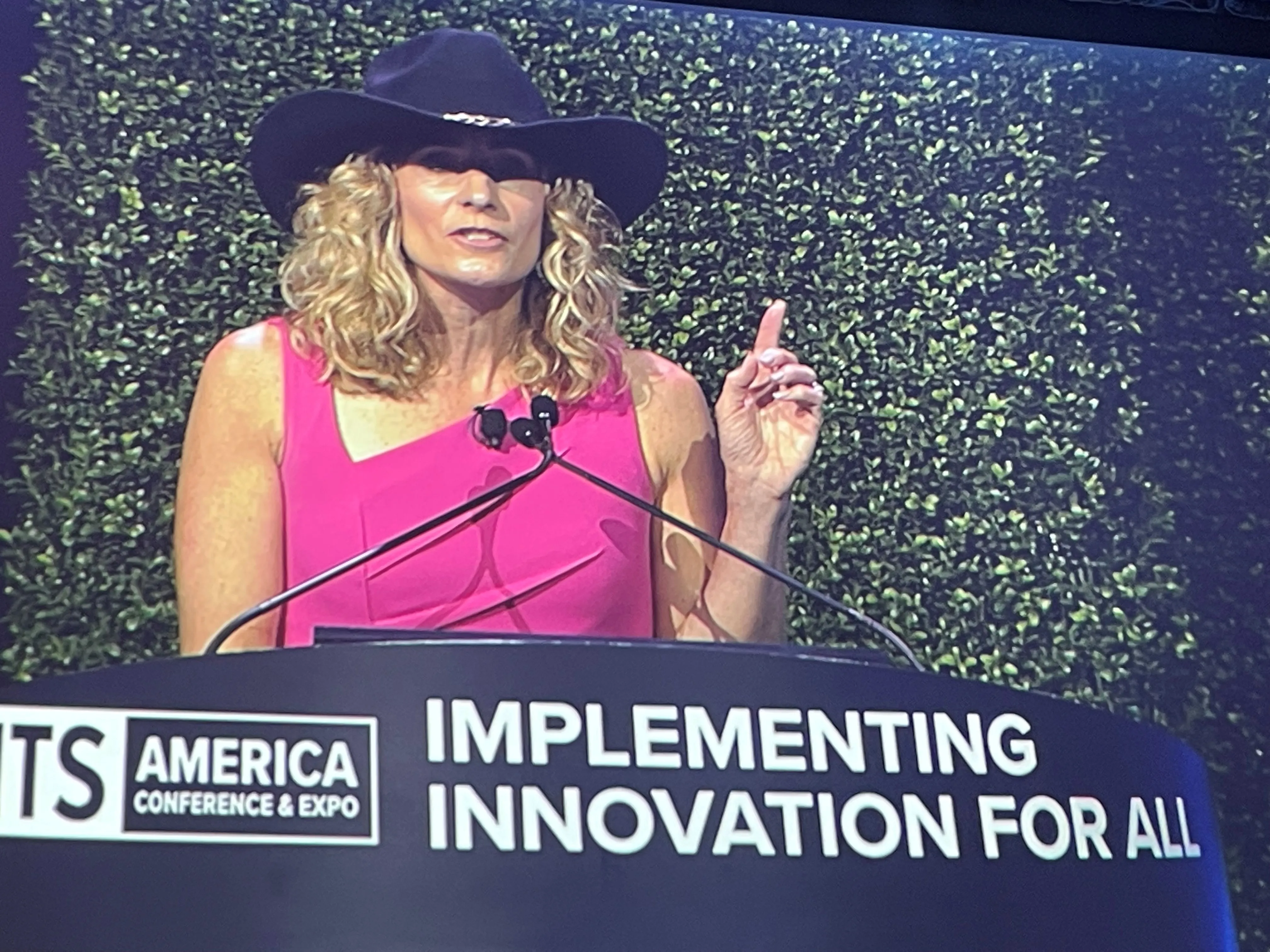Kapsch TrafficCom North America has issued a press statement applauding Help Incorporated's selection of 5.9 GHz DSRC. Through its partnership with Xerox, Help is the service provider of PrePass, the largest truck safety screening system in the US. "We believe 5.9 GHz DSRC is far-and-away the best technology for next generation commercial vehicle safety screening because of its performance, flexibility and ability to provide real-time vehicle health information to state enforcement personnel," said Chris Mu
April 25, 2012
Read time: 2 mins
RSS4984 Kapsch TrafficCom North America has issued a press statement applauding 5225 Help Inc's selection of 5.9 GHz DSRC. Through its partnership with 4186 Xerox, Help is the service provider of PrePass, the largest truck safety screening system in the US.
"We believe 5.9 GHz DSRC is far-and-away the best technology for next generation commercial vehicle safety screening because of its performance, flexibility and ability to provide real-time vehicle health information to state enforcement personnel," said Chris Murray, president and CEO of Kapsch TrafficCom North America. "We look forward to our continued relationship with Xerox in offering open solutions and technology choices."
Kapsch TrafficCom currently supplies Xerox, the solution provider for Help, with 915 MHz transponders, cameras for automatic license plate and US DOT Number readers coupled with recognition software and soon, 5.9 GHz DSRC transceivers and in-cab multi-purpose devices.
"Kapsch's pioneering leadership in the 5.9 GHz space has brought us to a place where application providers can begin offering ITS solutions that can make our roadways safer and more efficient," said Scott Belcher, president and CEO of the560 ITS America.
"We believe 5.9 GHz DSRC is far-and-away the best technology for next generation commercial vehicle safety screening because of its performance, flexibility and ability to provide real-time vehicle health information to state enforcement personnel," said Chris Murray, president and CEO of Kapsch TrafficCom North America. "We look forward to our continued relationship with Xerox in offering open solutions and technology choices."
Kapsch TrafficCom currently supplies Xerox, the solution provider for Help, with 915 MHz transponders, cameras for automatic license plate and US DOT Number readers coupled with recognition software and soon, 5.9 GHz DSRC transceivers and in-cab multi-purpose devices.
"Kapsch's pioneering leadership in the 5.9 GHz space has brought us to a place where application providers can begin offering ITS solutions that can make our roadways safer and more efficient," said Scott Belcher, president and CEO of the










